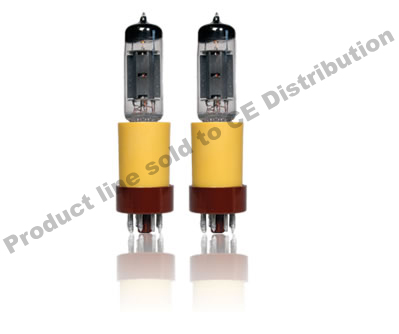A Friend of mine owns an 80s Marshall 2205 50w split channel head he'd like to play at home without driving the neighbors nuts. He asked me if I could convert it to less power.
I plan to put a 15w OT into it and use 6V6 tubes.
Recently I read that the PCB is sort of fragile in those amps and could easily be ruined when maintenanced or worked on.
Does anyone have experience with these kind of amps? Can the leads to the OT be reached for this kind of conversion? Would I have to take the PCB out? Are the tube sockets on the PCB? There are no voltage readings in the schematic (it's acually the 4210 schematic) - does anybody know what the voltages are? JJ 6V6S can stand up to 500V plate voltage.
Matt
I plan to put a 15w OT into it and use 6V6 tubes.
Recently I read that the PCB is sort of fragile in those amps and could easily be ruined when maintenanced or worked on.
Does anyone have experience with these kind of amps? Can the leads to the OT be reached for this kind of conversion? Would I have to take the PCB out? Are the tube sockets on the PCB? There are no voltage readings in the schematic (it's acually the 4210 schematic) - does anybody know what the voltages are? JJ 6V6S can stand up to 500V plate voltage.
Matt


Comment